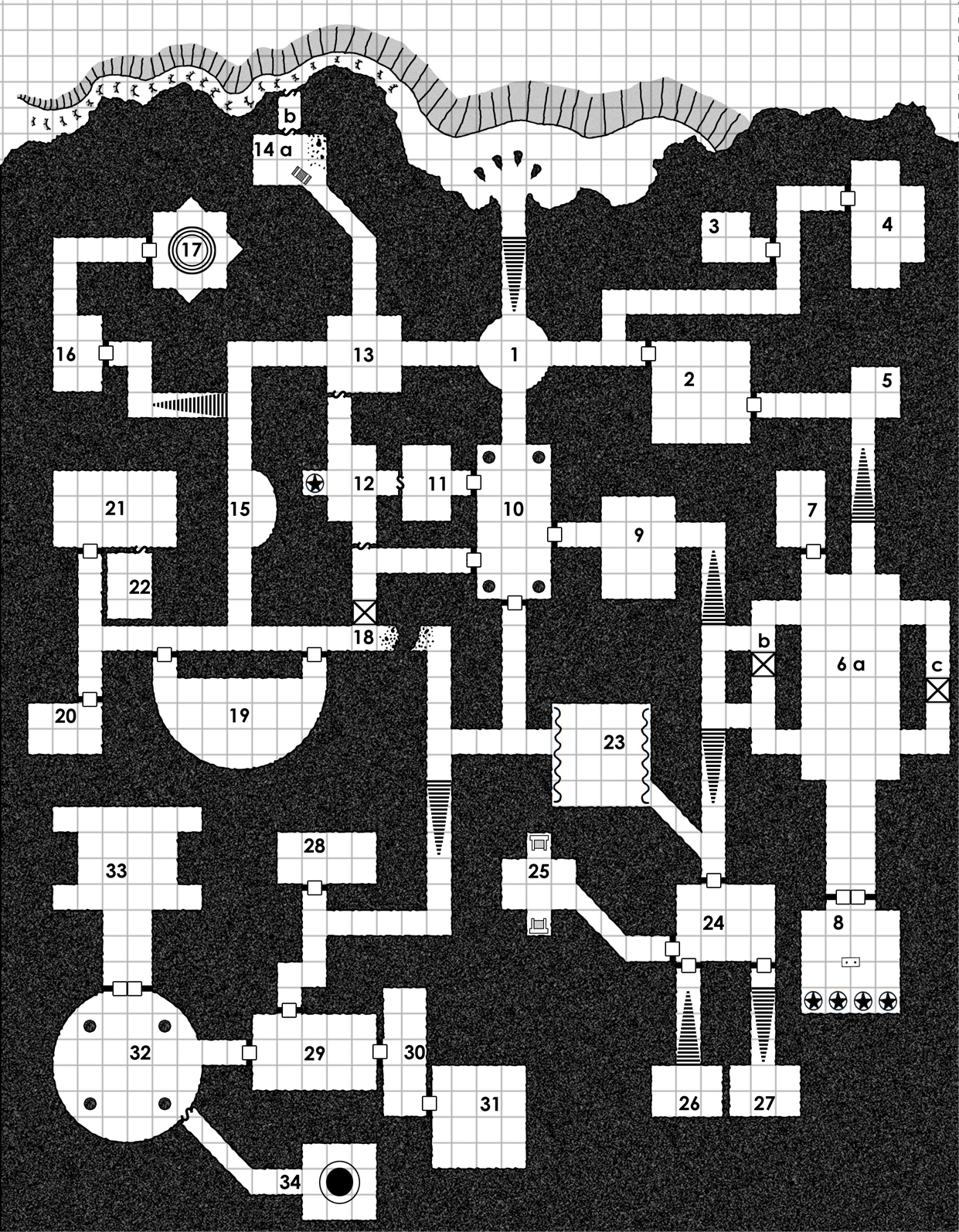No appearing: 1
Armour Class: 3 (AT 3)
Move: 24"/36" (Class C)
HD: 12
% In Lair: 90%
Treasure Type: Qx10, S, T, X
# Attacks: 3
Damage/attack: 1d8, 1d8, 2d8 (claw/claw/beak)
Special attacks: Fireball
Special defenses: Fire Resistance+non-magical weapon damage
Magic Resistance: 30%
Intelligence: Genius
Alignment: LN
Size: L
Psionic Ability: 240, C, D, I, J
Level/xp: X / 12850 +16/hp
The firebird comes from heaven on the ascension of a new eastern emperor, to inspect the state of mortal affairs, returning to report to the Celestial Emperor. Thus it will only be encountered in eastern nations within five years of a new emperor coming to the throne (roll 1d6 when encountered to see which year of its stay it is in, then a d12 for the month. On an initial roll of 6 roll 1d8 for the number of days remaining in its current visit).
It makes its nest deep in a forest, mountain range or desert where it carries out interviews with spirits and fantastical creatures such as foo-dogs and lions, dragons, ogre magi, sylphs, and so forth to gather information for its report. There is a 10% chance that any encounter in lair will coincide with an audience of some such creatures (roll an additional encounter appropriate to the location ignoring inappropriate results). If encountered with a non-chaotic oriental dragon there is a 30% chance that the Firebird is in a relationship with the dragon.
If attacked, the Firebird can produce a 12 dice fireball-like effect centred on itself instead of attacking with its claws. It may do this once per turn. Additionally, it may perform any of the following once per round (as if at the 12th level of ability) instead of beak attacks: affect normal fires, cause blindness, continual light, dancing lights, detect evil/good, detect magic, fire charm, fire shield, fools gold, legend lore, mirror image, protection from evil/good 10' radius, and pyrotechnics.
The Firebird has the major science of Energy Control.
Elemental attacks against the Firebird are modified as per the entry for dragons in MM, but fire-based attacks do no damage and in fact heal one point of damage per die (or 5pts for fixed-damage attacks).
In combat (or any high passion) the Firebird's body glows with heat and although its metallic-seeming body can be struck with non-magical weapons, any such must save versus magical fire (use the worst score if there is a choice) for each successful to-hit roll or be destroyed. Successful open hand attacks cause one point of heat damage to the attacker.
The Firebird is a heavenly creature and as such needs no material sustenance and can understand and telepathically speak any language.
The Firebird's treasure will consist of gems and jewels it brings with it to pay for information which it deems useful, and magic items given to it in tribute by rulers hoping for a good report (i.e., items given to the Firebird effectively leave the campaign when it returns home, so this can be a good way to get rid of artefacts). If the Firebird polymorphs into an appropriate form, it will certainly use these items in defense. It will trade magical items on occasion, but will only give an item in exchange for one with at least 10% higher gp value, and even then it will haggle from a starting point of 100% higher. Easily offended by mortals, it will break off discussions at the slightest provocation. Initial reaction rolls for the Firebird are at -10% as it is a grumpy old bird, but it will never instantly attack any creature unless it is obviously a thief or of a race which is normally chaotic.
Description: because the Firebird can polymorph, reports of its appearance, and even sex, are jumbled but it seems that its natural form is that of a huge red, black, copper, gold, and yellow peacock some 20' long.
The Firebird is generally officious and uninterested in mortal concerns except where they impact the continuation or support of the harmonious rulership of the rightful claimant to a throne. In such cases, it will side with the claimant and aid them unless they are aligned with chaos, in which case it will oppose them; Good and Evil do not interest it. In other matters, it will stick strictly to the business of information gathering and in no case will it remain on the PMP for a day over five years.



